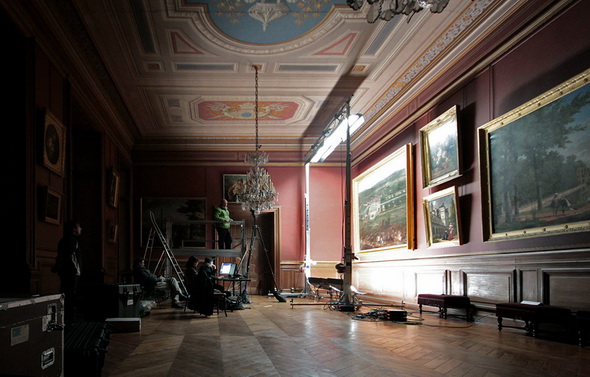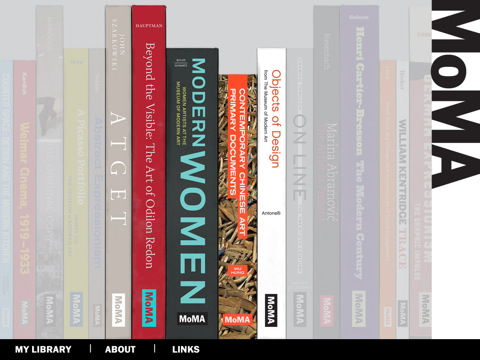The report The Future of Museums in the Digital Age discussed some of the ways museums are evolving to appeal to different generations of visitors and create new types of experiences for visitors. Here’s a perfect example.
 The Walters Art Museum in Baltimore will host its second annual hackathon, Art Bytes II, where technology and creative communities work together to build programs and applications to enhance the museum experience for visitors.
The Walters Art Museum in Baltimore will host its second annual hackathon, Art Bytes II, where technology and creative communities work together to build programs and applications to enhance the museum experience for visitors.
The event will be at the Walters Art Museum from Friday, January 24–Sunday, January 26, 2014. Technologists, innovators, scholars and artists will coalesce into teams in the Walters’ Sculpture Court to design and develop their solutions.
“Art has the power to bring people from diverse backgrounds together for enjoyment, discovery and learning,” says Jim Maza, chief technology officer at the Walters. “For the second year, we look forward to gathering some of our area’s most talented professionals to explore ways in which technology can help us make a museum visit a richer experience for everyone.”
Art Bytes participants will be able to visit the museum’s galleries for inspiration throughout the weekend while museum staff will be on hand to provide support for the projects. Leaders of the technology and innovation communities will judge which teams were most successful. The experience of Art Bytes will be captured on video and displayed online. $5,000 in prize money will be awarded.
At the first Art Bytes Project teams employed a number of emerging technologies, including 3D printing, augmented reality and geo-location. Participants developed Frame, a web app optimized for mobile phones which provides additional context to the artwork people see in the Walters and an API, or application programming interface, that allows computer programs to communicate with each other. The Walters’ API allows applications to use data about the Walters collection and will be available for participants to use during the Hackathon.
About the Walters Museum
The Walters Art Museum is located in downtown Baltimore’s historic Mount Vernon Cultural District at North Charles and Centre Streets. At the time of his death in 1931, museum founder Henry Walters left his entire collection of art – including a legendary collection of illuminated medieval manuscripts that is a national treasure – to the city of Baltimore. Between 1895 and 1931, Walters collected around 730 codices. Its permanent collection includes ancient art, medieval art and manuscripts, decorative objects, Asian art and Old Master and 19th-century paintings.
LINKS
RELATED POST
Report Examines The Future of Museums in the Digital Age




